Pavlichenko, Lyudmila Mikhailovna
The most successful female sniper in world history – 309 enemy soldiers and officers killed. At the suggestion of American journalists, she received the nickname “Lady Death”. However, this nickname was used exclusively by the American and European press, since in the USSR the image for the perception of a mass audience was not so promoted. In the USSR, she was assigned the image of an honored hero and war veteran.
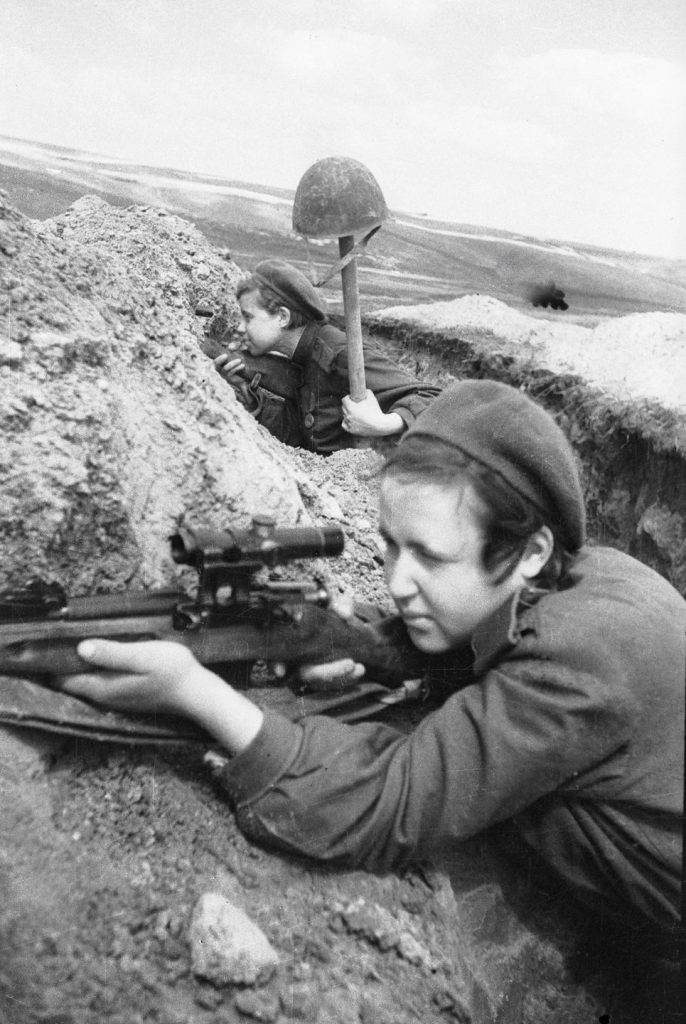
Biography
Lyudmila Belova was born on July 12, 1916 in the city of Belaya Tserkov, Kiev province of the Russian Empire, in the family of a Petrograd locksmith, regiment commissar during the Civil War, Mikhail Belov and Elena Trofimovna Belova (1897-1972).
Until the age of 14, Lyudmila studied at secondary school No. 3 in the city of Belaya Tserkov, then with her family she moved to Kiev. After finishing the ninth grade, Lyudmila worked as a grinder at the Arsenal plant and at the same time studied in the tenth grade, completing her secondary education.
In 1932 she married Alexei Pavlichenko, gave birth to a son, Rostislav (1932-23.08.2007). However, the marriage was soon dissolved, and Lyudmila returned to live with her parents.
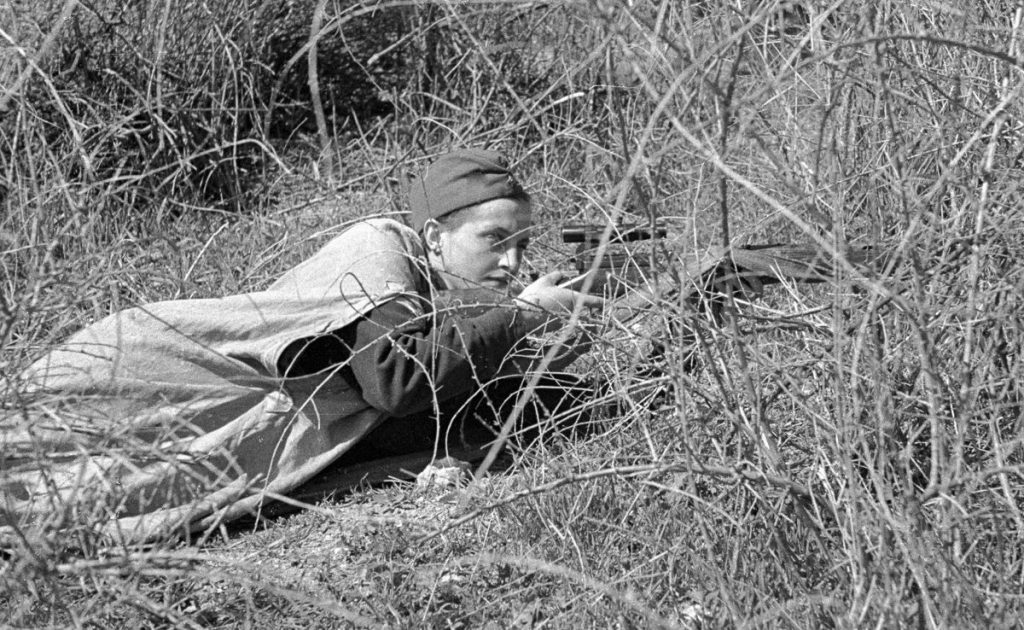
In 1937 she entered the history department of the Taras Shevchenko Kiev State University. As a student, she was engaged in gliding and shooting sports. The Great Patriotic War found Lyudmila in Odessa on her diploma practice. From the very first days of the war, Lyudmila Pavlichenko volunteered for the front (even before the war, she took short-term sniper courses). She took part in border battles in the Moldavian SSR, in the defense of Odessa and Sevastopol.
According to the wartime staff schedule, each rifle company was supposed to have two snipers. In December 1941, near Sevastopol, Lyudmila met Junior Lieutenant Leonid Kitsenko, who served in the same regiment where she was. He was also a sniper. They were sent on assignments together. Soon Leonid and Lyudmila submitted a report to the command about the marriage, but in March 1942, the position of the snipers came under mortar fire and junior lieutenant Kitsenko was mortally wounded. Lyudmila herself carried the body of the groom from the battlefield.
During the first months of the war and the defense of Odessa, Lyudmila Pavlichenko killed 179 German and Romanian soldiers and officers. By June 1942, L.M. Pavlichenko already had 309 confirmed killings of enemy soldiers and officers, including 36 enemy snipers. In addition, during the period of defensive battles, she was able to train many snipers, transferring her experience to the front-line soldiers.
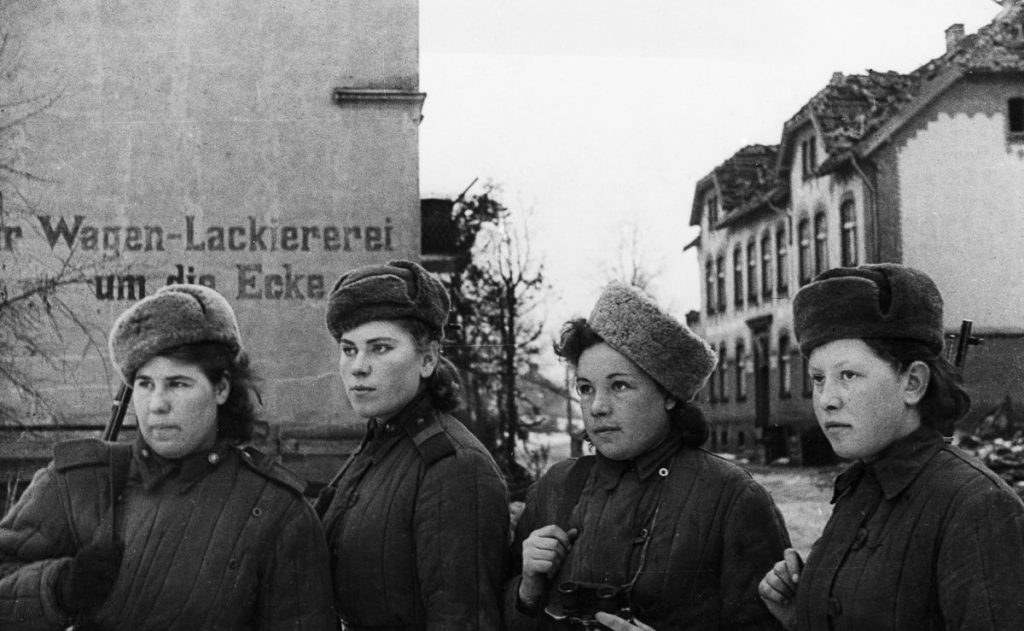
In June 1942 she was seriously wounded. From the besieged Sevastopol, she was evacuated to the Caucasus, and then completely recalled from the front line and sent along with a delegation of Soviet youth to Canada and the United States of America. During her visit across the ocean, Lyudmila Pavlichenko, together with the secretary of the Moscow City Komsomol Committee Nikolai Krasavchenko and sniper Vladimir Pchelintsev, attended a reception with US President Franklin Delano Roosevelt. At the invitation of First Lady Eleanor Roosevelt, members of the Soviet delegation lived for some time in the White House… Later, Eleanor Roosevelt organized a tour of the country for the Soviet representatives.
In America, she was given the pistol “Colt “, and in Canada – the rifle ” Winchester ” (the latter exhibited in the Central Museum of the Armed Forces in Moscow). American country singer Woody Guthrie wrote the song “Miss Pavlichenko” about her. In Canada, the Soviet military delegation welcomed thousands of Canadians gathered at the joint station of Toronto (Union Station Toronto).
At one of the meetings with journalists, after another questioning about the details of the life of a woman soldier, she uttered the legendary phrase:
I am 25 years old, at the front I managed to destroy 309 fascist invaders. Do you feel, gentlemen, that you have been hiding behind my back for too long?
This phrase drew applause and brought the American public closer to understanding what was happening on the eastern front and the need to open a second front.
On October 25, 1943, Lyudmila Pavlichenko was awarded the title of Hero of the Soviet Union.
After the end of the war, Lyudmila Mikhailovna defended her diploma at Kiev University and became a senior researcher at the General Staff of the USSR Navy. In 1956 she went to work in the public organization ” Soviet Committee of War Veterans “.
In 1957 he met Eleanor Roosevelt for the second time, during the latter’s visit to the USSR.
She died of a stroke on October 27, 1974 in Moscow. She was buried at the Novodevichy cemetery.
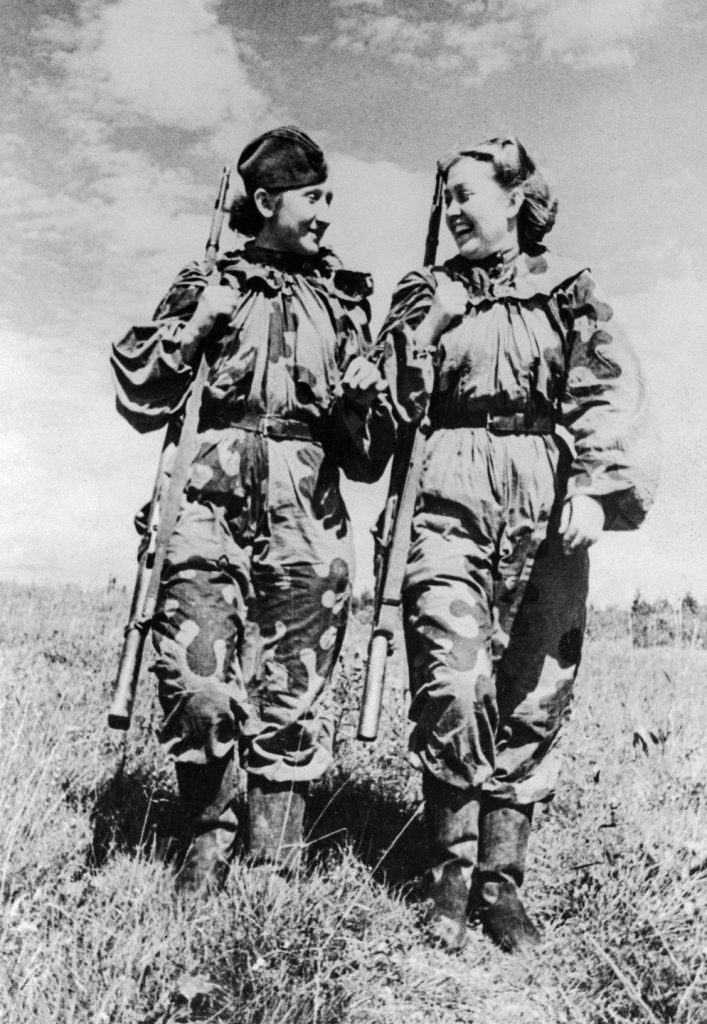
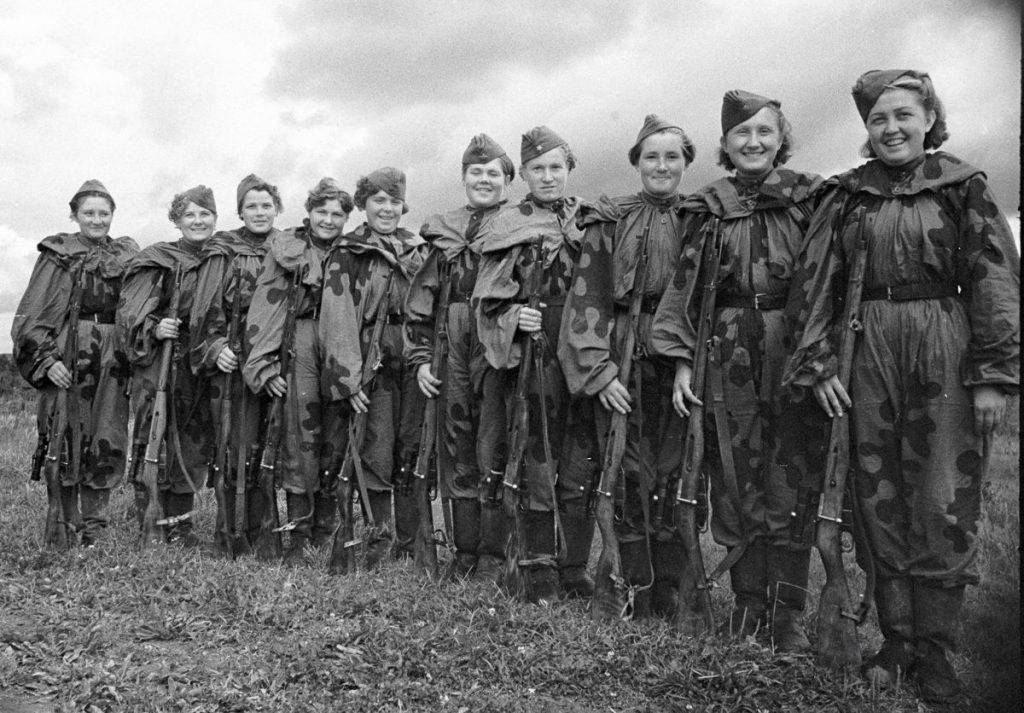
Sniper weapon
The weapon with which Lyudmila Mikhailovna Pavlichenko fought:
- Mosin rifle (now kept in the Central Museum of the Armed Forces in Moscow);
- Self-loading rifle Tokarev-40.
Awards
- October 25, 1943 – the highest title ” Hero of the Soviet Union ” with a distinction medal “Gold Star” (No. 1218);
- two Orders of Lenin ;
- medals;
- Premium weapon – sniper rifle Mosin, the gun ” Colt M1911 “, the rifle ” Winchester ” knife «Kinfolks» English firm;
- Robe of the Honorary Student of the University of Oxford;
- diploma of the Military Council of the Army (1942)
Film incarnation
- In 2015, the Russian-Ukrainian film ” Battle for Sevastopol ” (directed by S. Mokritsky), dedicated to L.M. Pavlichenko. In the main role – Julia Peresild. In February 2016, the premiere of the 4-episode TV version of the film took place.
Memory
- Streets in the cities of Sevastopol and Belaya Tserkov are named in honor of Lyudmila Mikhailovna Pavlichenko (on this street in Belaya Tserkov there is secondary school No. 3, in which Lyudmila Mikhailovna studied).
- A vessel of the Ministry of Fisheries was named after Lyudmila Pavlichenko. The vessel was launched in 1976 and decommissioned in 1996.
- The song “Miss Pavlichenko” written and performed in 1946 by the American socialist and anti-fascist singer Woody Guthrie (1912-1967) is dedicated to Lyudmila Pavlichenko. The first couplets in translation:














